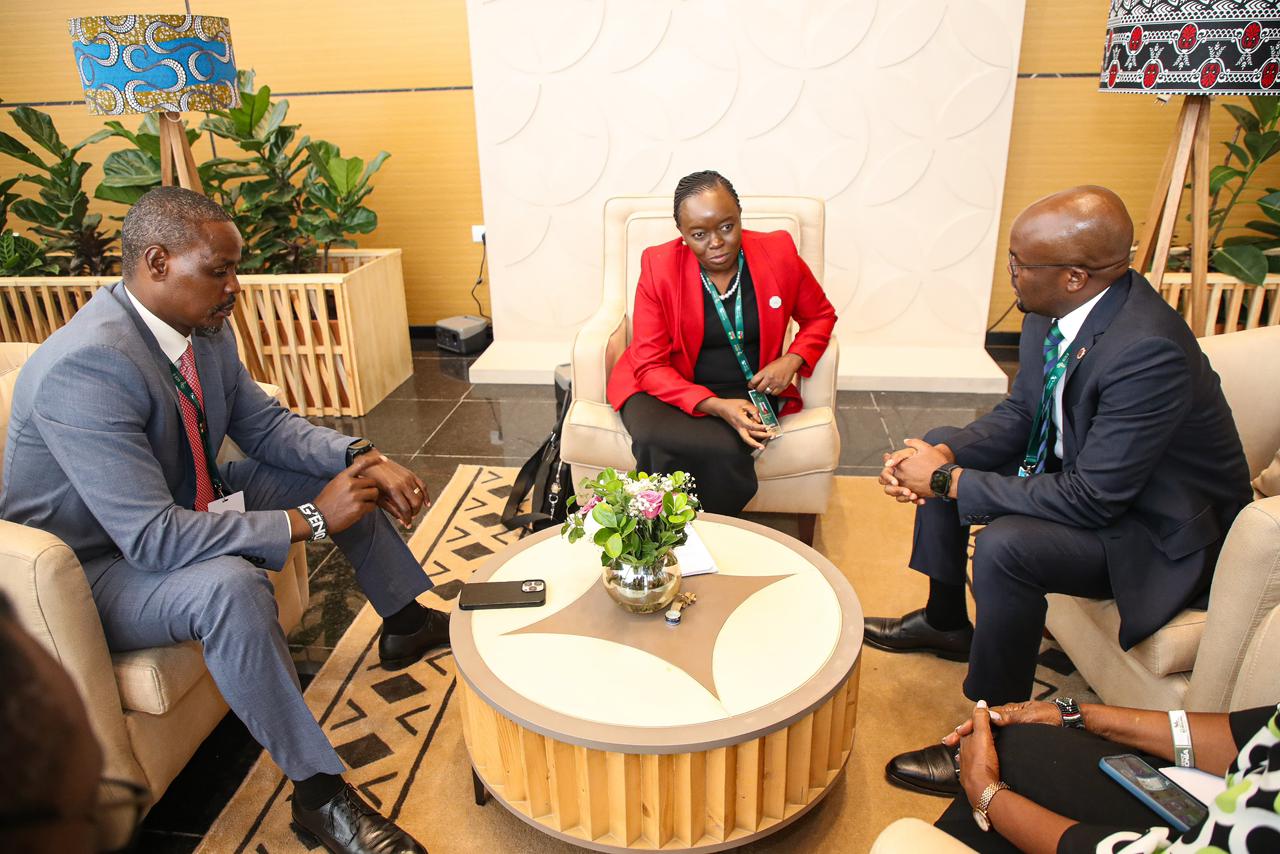

Kenya has positioned its National Climate Change Security Resilience Programme (NCCSRP) as a transformative, community-led model for climate action on the continent.
Kenya presented its model during a high-profile side event at the Second Africa Climate Summit (ACS2) in Addis Ababa.
The flagship programme, which integrates climate adaptation, national security, and grassroots governance, is being hailed as a replicable blueprint for African nations seeking to address the intertwined challenges of climate change and insecurity.
At the heart of NCCSRP is a people-centered strategy that leverages Kenya’s unique administrative architecture — particularly its 4,000 Chiefs, who are spearheading climate resilience efforts at the community level.
Speaking at the Summit, Interior Principal Secretary Dr. Raymond Omollo underscored the uniqueness of Kenya’s approach.
He described the NCCSRP as a game-changer that demonstrates the power of linking local climate action with national peace and development agendas.
“Financing climate-security solutions at the community level yields triple dividends — peace, resilience, and green growth,” said Dr. Omollo. “What makes this model truly transformative is not only its scale but also its guiding philosophy, which recognises that climate action must be locally owned yet nationally coordinated.”
Omollo emphasised that empowering communities to lead climate action ensures sustainability, builds trust, and creates a sense of shared responsibility.
“Our Chiefs have shown that when local communities are empowered with tools, trust, and leadership, climate action becomes both scalable and sustainable,” he said.
The NCCSRP’s most visible innovation has been the introduction of Chiefs Climate Action Day, observed on the first Friday of every month.
On this day, chiefs across the country mobilise their communities to plant trees, rehabilitate degraded ecosystems, and promote resilience practices.
This initiative has already yielded impressive results as over 2 million community members have been mobilised nationwide, 6.4 million tree seedlings distributed at an average 60 per cent seedling survival rate.
The success of the NCCSRP has not gone unnoticed. The Intergovernmental Authority on Development (IGAD), through its Climate Prediction and Application Centre (ICPAC), has partnered with Kenya to expand the programme’s impact regionally.













